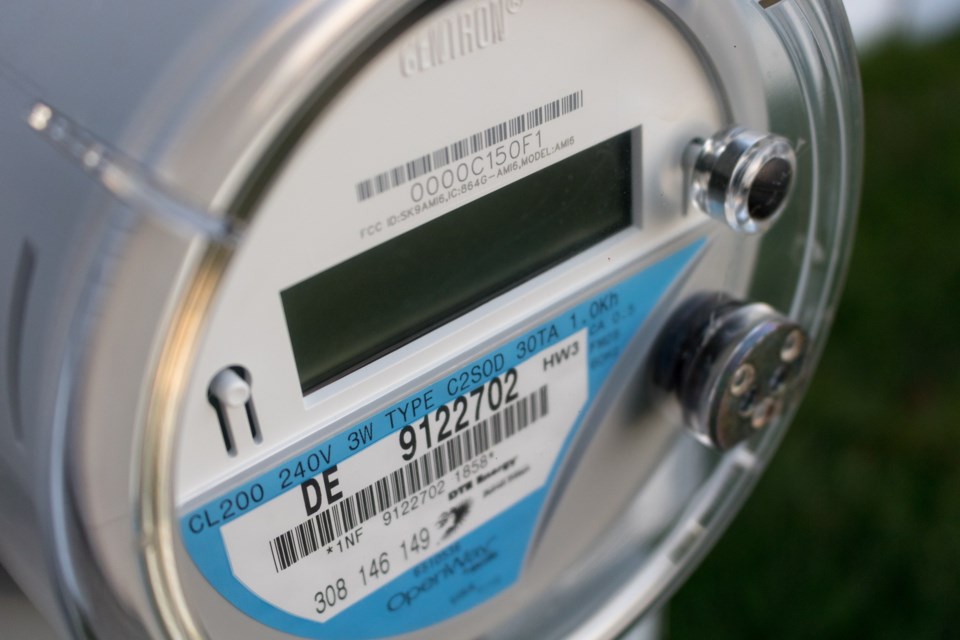The Longmont Leader accepts contributions, photos, and op-eds for publication from community members, business leaders and public officials on local topics. Publication will be at the discretion of the editor and published opinions do not represent the views of the Longmont Leader or its staff. To submit a contribution, email [email protected].
Longmont Power and Communications (LPC) is beginning to roll out an advanced metering infrastructure (AMI), a move that, like the buildout of the NextLight fiber optic system, will pay handsome dividends. Utilities have installed over 100 million smart meters on homes and businesses nationwide, and like all of those, this continued evolution of the city’s infrastructure will provide a 21st century tool to keep pace with a rapidly changing world.
How will AMI help Longmont? Well, in a number of ways.
First, AMI gives the city much more flexibility in structuring variable rates that can help consumers maximize use at times when electricity use is the lowest, such as early in the morning, or when supply is the highest, such as during high wind production. It’s basic supply and demand; at these times, power costs are the lowest, and personally I’m excited to have access to technology that in the end can help consumers use electricity more efficiently and save money.
Knowledge is power, and AMI provides greater control over electricity bills, allowing customers to see in granular detail how much energy they are using and where it’s going in their homes and businesses. With this information in hand, they have far more control to take advantage of power-hungry activities, such as running a clothes dryer or charging an electric vehicle, at times when rates are cheaper.
From a system-wide perspective, LPC will be instantly notified of any power outages, along with where and why they occurred, so outages will be much shorter. Finding an outage is often the most time-consuming part of fixing it, and time is money when the power is out.
I also appreciate that AMI brings Longmont one step closer to achieving 100% carbon-free energy. The way the world manages and generates electricity is changing rapidly, and the future is going to be quite different from our present. Power production will be less centralized than it is now, and AMI gives Longmont the ability to manage innovations in power production as they develop. Renewable energy will be generated on rooftops, sidewalks and places we haven’t thought of yet. Energy consumers will use AMI technology along with emerging technologies, like home energy storage, to learn new habits that take advantage of off-peak rates when electricity is cheapest.
Of course, there are skeptics, but the widespread adoption of AMI has proven it to be a safe and reliable technology. Cybersecurity measures for AMI are extremely robust, in part because the wireless technology allows for regular security updates and active security management. Fears about fire and radiation risk have proven to be completely unfounded. The cost of implementation may seem like a negative, but the cost savings over time will more than cover the price tag, like any good investment.
My only recommendation is that the AMI system is such a powerful tool that residents deserve training during implementation. The data from advanced meters will only be useful to customers if we understand how to use it. And the robust suite of tools for consumers needs a bit of explaining. I hope LPC is making plans to teach Longmont how to use this new asset.
AMI keeps Longmont ahead of the curve on power infrastructure, giving our growing city a big economic advantage. Longmont has a history of making and supporting good choices on infrastructure investment. It’s gratifying to see that legacy continue with AMI.
Eric Frankowski is the board treasurer of Sustainable Resilient Longmont and director of the Western Clean Energy Campaign. He has been a Longmont resident for 23 years.



